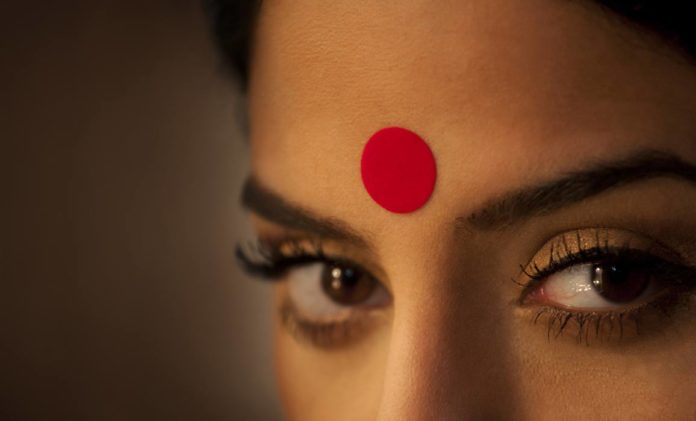New Delhi–A 10-year-long “Red Dot” experiment in which thousands of people were shown the same visual stimulus elicited varied responses from people belonging to different communities, showing how cultures impact interpretation of a message in visual communication.
The study titled “The Red Dot” experiment, published by India’s Universal Business School, was conducted by author and communication expert Reeta Ramamurthy Gupta during the period January 2010 to January 2020.
“The qualitative as well as quantitative results of the Red Dot experiment confirm the following: (1) the same stimulus can produce divergent responses from different cultures; (2) Instant responses are typically emotional and social in nature; and (3) logical responses emerge later,” Gupta said in a statement.
Over the course of 10 years, Gupta showed the picture of a red dot to over 4700 people ( 2300 from India, 1025 from UAE and 1375 from SE Asia, including China, Japan, Hong Kong and Singapore).
Respondents were just asked, “what is the first thing that comes to your mind when you see this?”.
Responses under 5 seconds were recorded as fast responses while anything after 5 seconds was recorded as a slow response.
Over 65 unique responses were tabulated.
Quick Indian interpretations of the ‘red dot’ include bindi (a decorative mark worn widely by Indian women in the middle of the forehead), mehendi (temporary henna tattoos) etc. while the delayed ones were planet and traffic light.
In the Middle East, instant responses included anger, evil and henna while the delayed responses included red circle and Japan.
In South East Asia, the instant responses tended to marriage and love while the delayed responses included communism, China etc.
“We are happy to co-present this study, and am certain that this will serve as a toolkit and guide for communication experts from across the world to quote The Red Dot experiment as they design their communication,” said Tarun Anand, Chairman of the Universal Business School.
The study also poses a few new questions that can be taken up in future investigations.
These questions can include how do we bring objectivity into education that leads to a world that values peace above differences, what stereotypes are we reinforcing and how does it widen gaps between cultures and how can we use the billions of advertising dollars that are spent to achieve a “new common understanding” of the world?
“The wide range of responses to a simple picture (red dot) shows the importance of carefully planning visual communication to ensure they impart the intended message,” said Professor B Ravi, Institute Chair Professor, Mechanical Engineering, IIT Bombay and Founder of Biomedical Engineering and Technology Innovation Centre (BETIC). (IANS)














